Sterlet albino - Acipenser ruthenus
incl. VAT plus shipping costs
Immediate delivery, express possible ![]()
More than 20 Articles in stock
- Item no: 30157
Fast delivery times
All products are in stock with us!14 years of breeding experience
Let our team of experts advise you!High customer satisfaction
from over 3,000 reviews "Albino sterlet remains smaller than many other species of sturgeon with 1.20 m body length and 4 kg. Acipenser ruthenus therefore also fits into somewhat less large garden ponds from 10 cubic meters in volume. The wild form of the sterlet comes from Russia, the albino is a farmed form. The sterlet is a bony fish characterized by longitudinal rows of bony shields or fusion scales that give it a bizarre, primitive appearance.
The albino sterlet is a lively pond dweller, great to watch in the garden pond with its agile swimming style. The albino form of this interesting pond fish is pure white. Its body shape is elongated and spindle-shaped. The sturgeon snout is long and tapers to a point. The sturgeon has conspicuous pairs of barbels.
In nature, the sterlet lives practically exclusively in fresh water, only very rarely is it found in brackish water. In Russia, the largest populations are found in stream-rich sections in tributaries to the Black Sea, the Sea of Azov and the Caspian Sea. Other populations of the sterlet have been successfully reintroduced into the Danube and Isar rivers. All our albino sterlets come from responsible breeding.
The sterlet does not become sexually mature until it is 8 years old. In nature, the sterlet migrates in groups at high water for kilometers against the current to its spawning grounds. At low water, sterlets spawn in their usual habitats without migrating. Nevertheless, they need gravel as substrate, 2 meters deep water and a lot of current, then the albino sterlet can reproduce even in the garden pond. However, this is unlikely to happen in most ponds.
The Albino Sterlet needs a pond with at least 10 cubic meters of water volume, a depth greater than 1.50 meters and a length of 15 meters or more. In summer, sturgeon like to retreat to the deeper, cooler, and more oxygenated layers of water. A good oxygen supply is essential in the sturgeon pond - it can be realized by a water feature, an air pump or an oxydator for ponds. Sturgeons cannot swim backwards and should therefore not be kept in garden ponds that are too densely planted, as they can become inextricably entangled in plant thickets or dense stands of filamentous algae.
Albino Sterlets like to use terraces in the pond for foraging that have a muddy or clay bottom. There, the pond fish can be super observed foraging in this soft substrate. The Albino Sterlet likes to dig in the soft pond mud for worms, crustaceans, insects and insect larvae, snails and fish fry and, depending on their size, will eat smaller fish from time to time.
Albino Sterlets like all sturgeons eat quite slowly and like to eat from the bottom, a sinking special sturgeon food is the right choice here. With a little patience the albino sterlet will become tame to feed and can be fed from the hand. Greedy by-fish can quickly eat away their food. If the other pond fish are fed buoyant food, the sturgeon may swallow too much air while feeding, which can get them into trouble.
The albino sterlet is a diurnal fish that is virtually always on the move in the pond - it does not hibernate even during the cold season. Other fish that are in cold torpor at the bottom of the pond can be disturbed by the lively swimmer. Therefore, the sterlet is not a good by-fish in the koi pond. Even a single albino sterlet can be kept in the pond, because this primeval bony fish is more likely to be found as a loner in the wild as well.
| Scientific name: | Acipenser ruthenus |
| German name: | Albino Sterlet |
| Difficulty level: | advanced |
| Herkuxnft/Distribution: | Russia, Danube, Isar |
| Coloration: | white, striking rows of bone shields and melting scales, characteristic snout |
| Age expectancy: | 40-50 years |
| Pond size: | at least 10,000 liters |
| Food: | Predators, insects, crayfish, small crustaceans, worms, leeches, fry, fish larvae, smaller fish |
| Breeding: | rather difficult |
| Behavior: | diurnal, very lively |
| Group size: | Single keeping possible |
- Item no: 30157
Entdecke die Garnelio Welt!
Garnelio gehört zu den größten Onlineshops für wirbellose Aquarientiere weltweit.
Viele Artikel gibt es exklusiv nur bei uns im Shop.

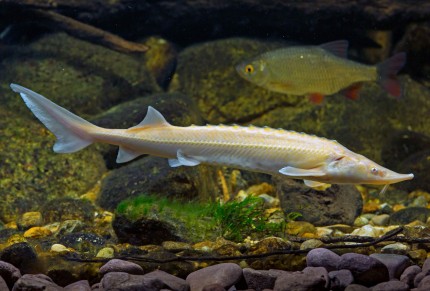


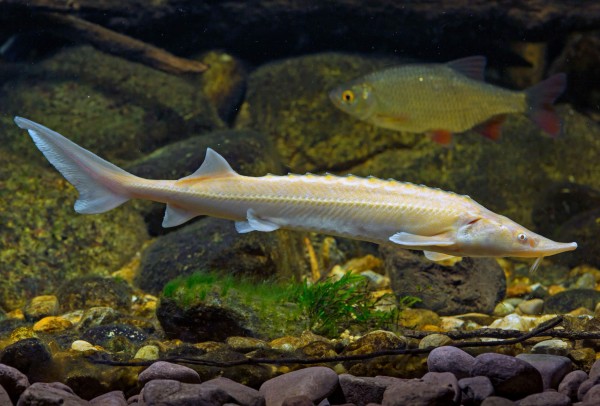



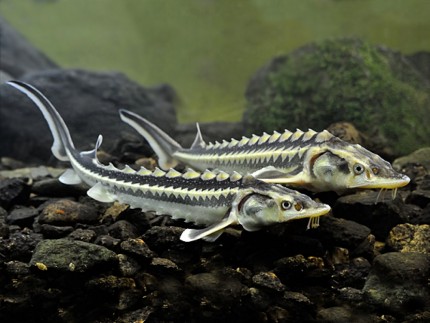
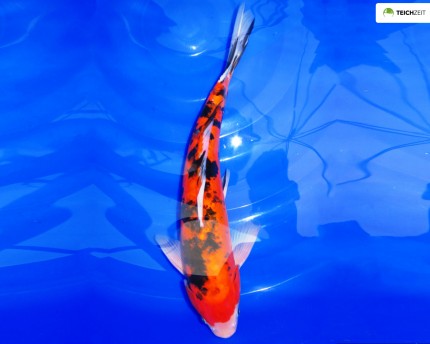
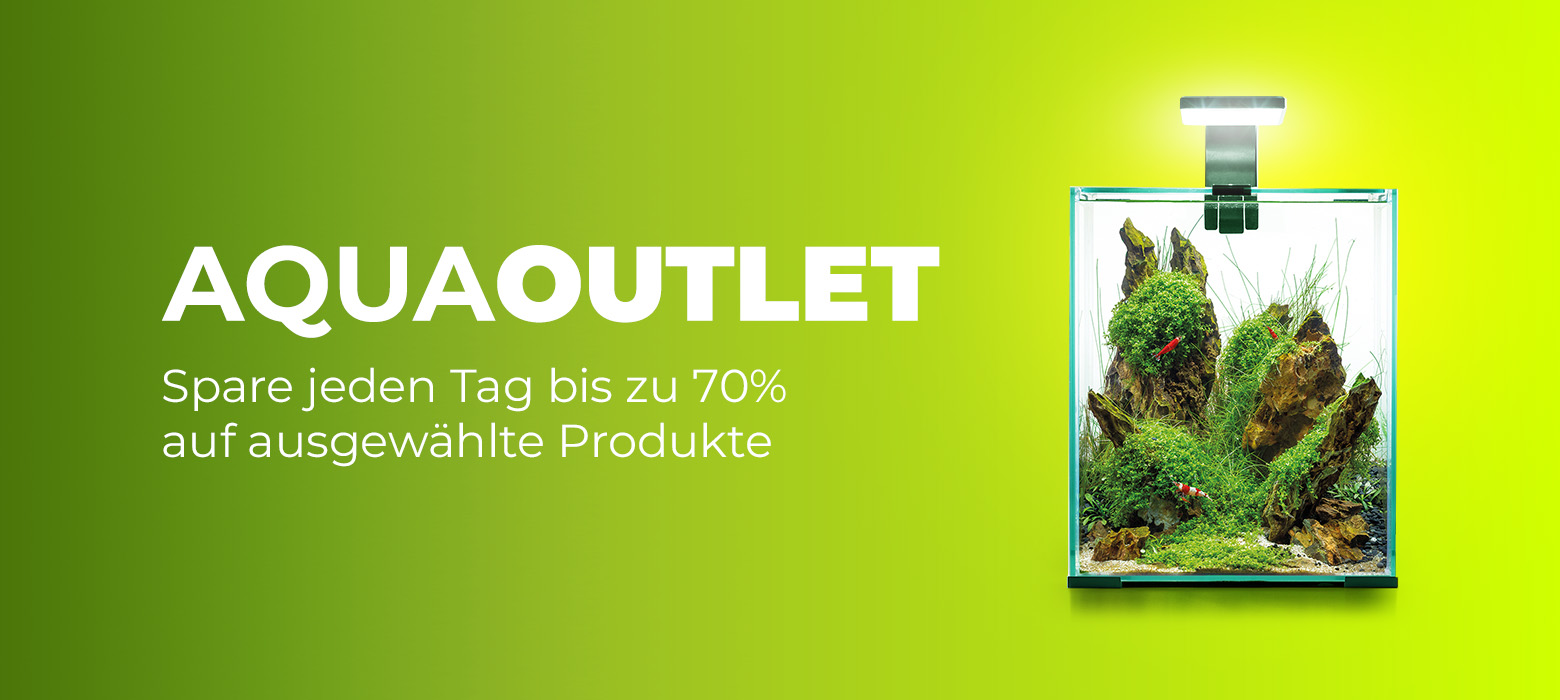
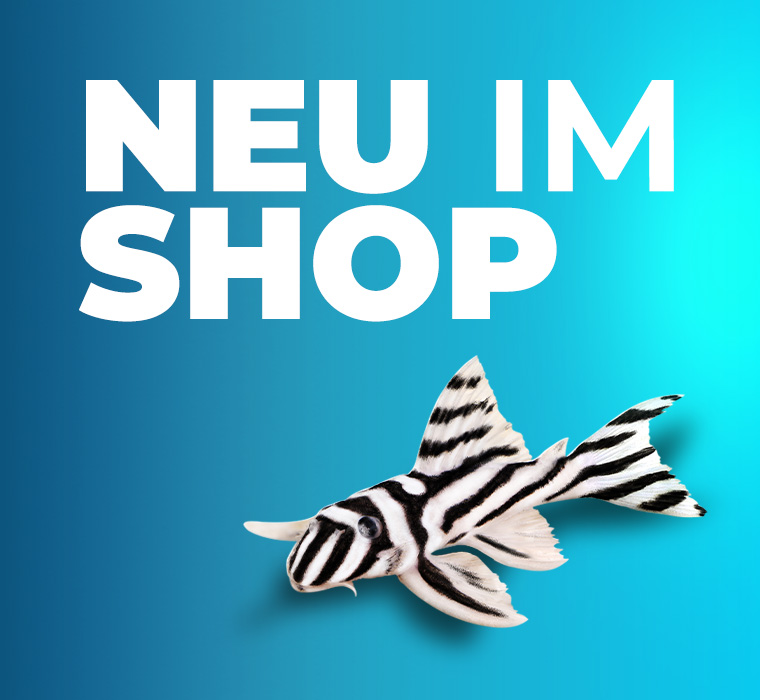
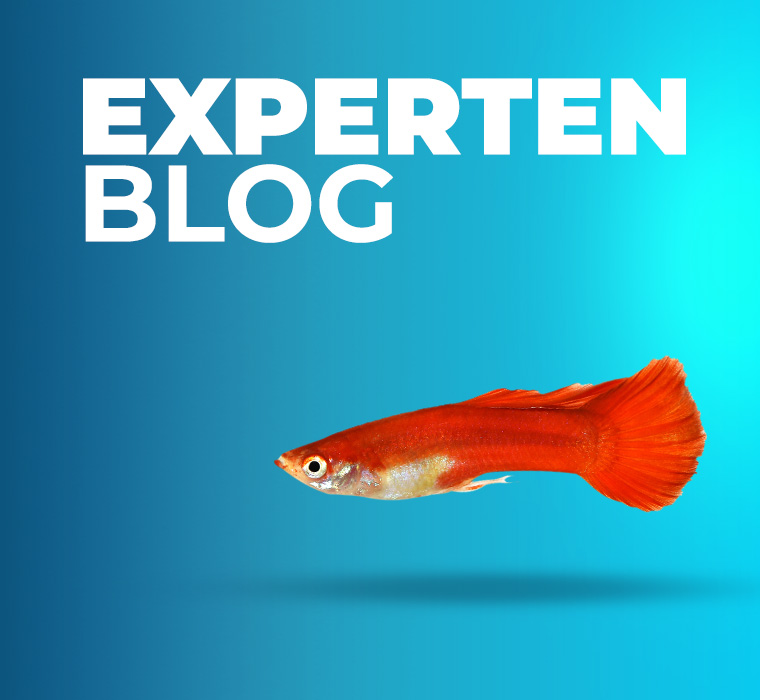
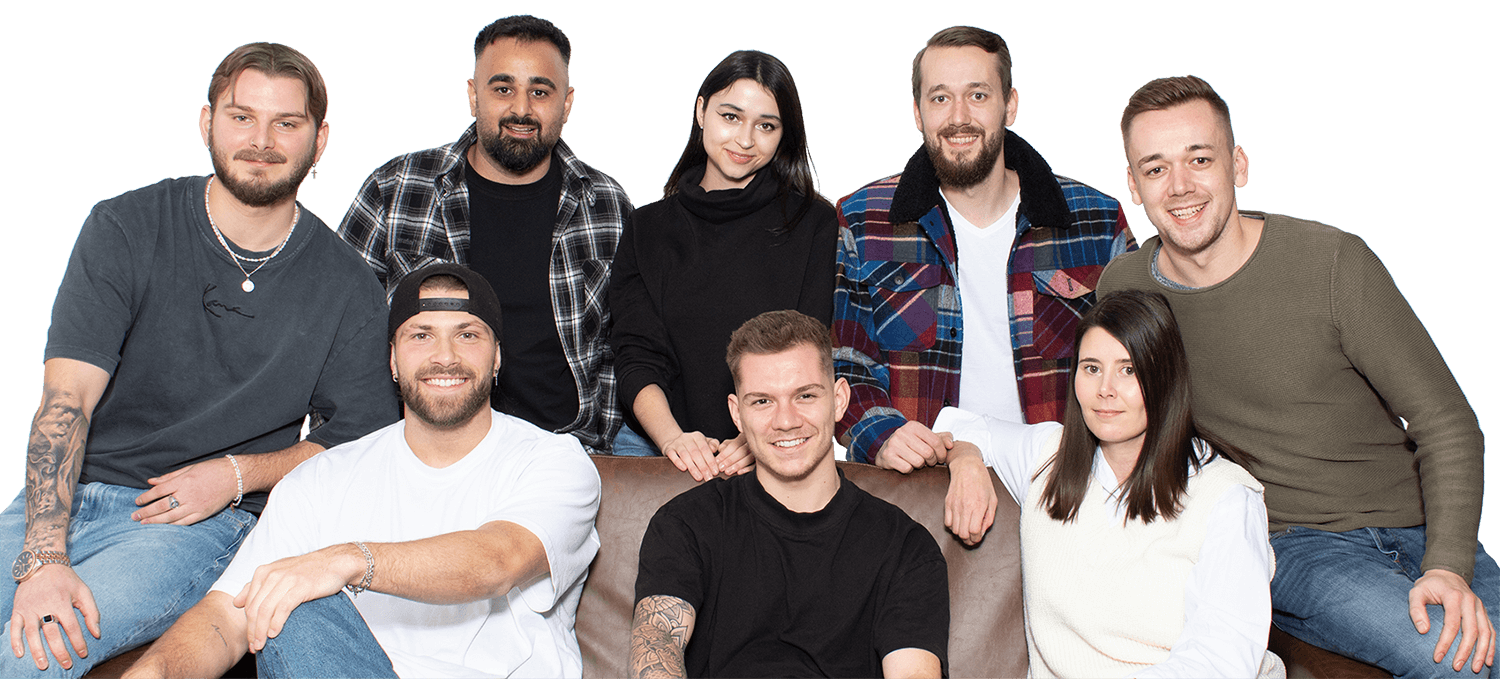
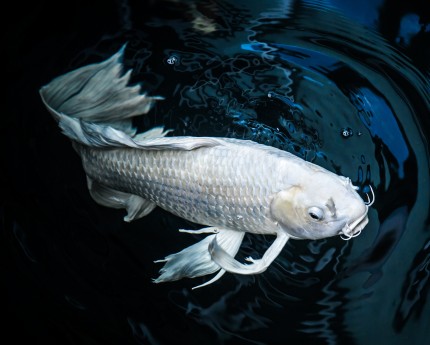
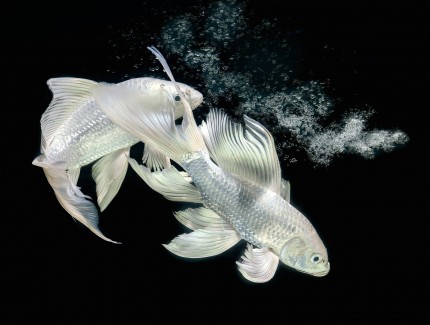
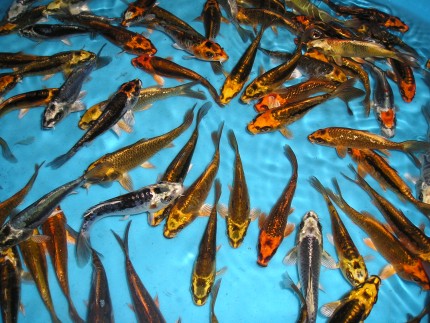
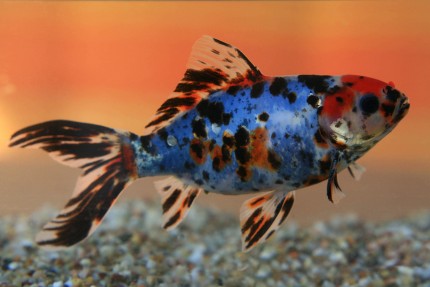
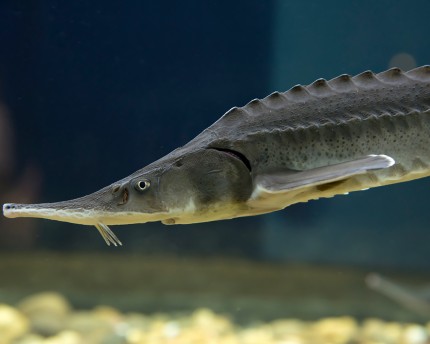
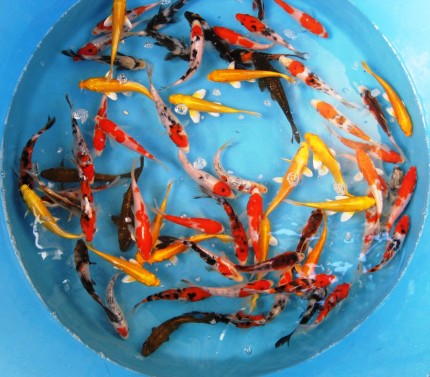
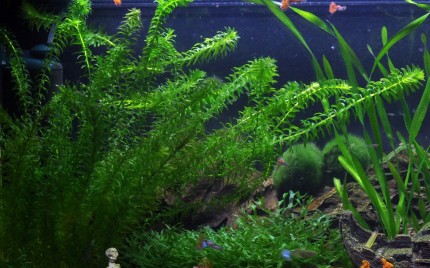
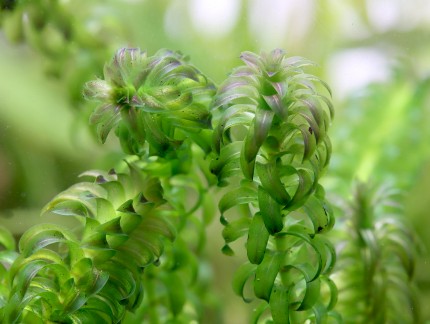
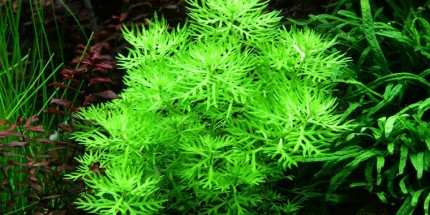
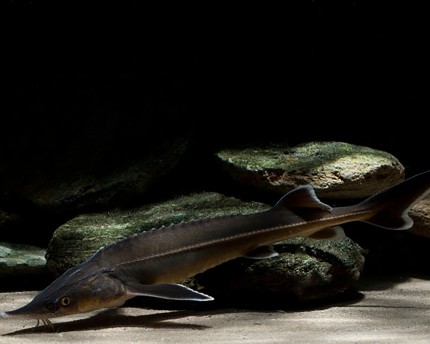
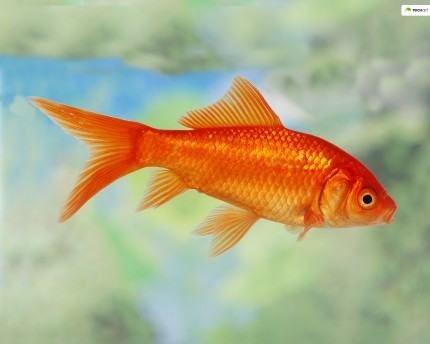
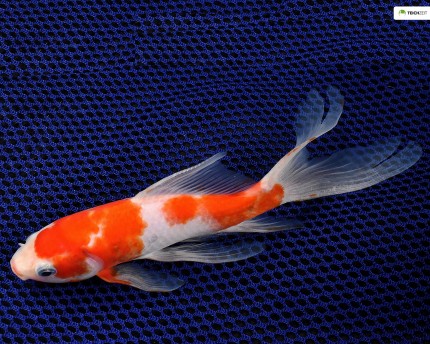
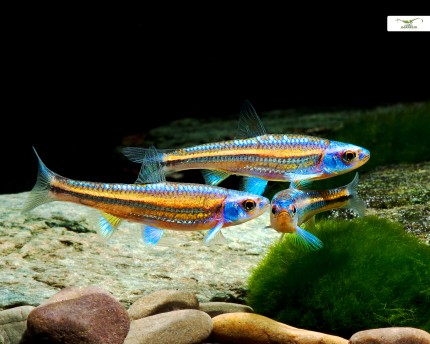
The fields marked with * are required.
I have taken note of the privacy policy.